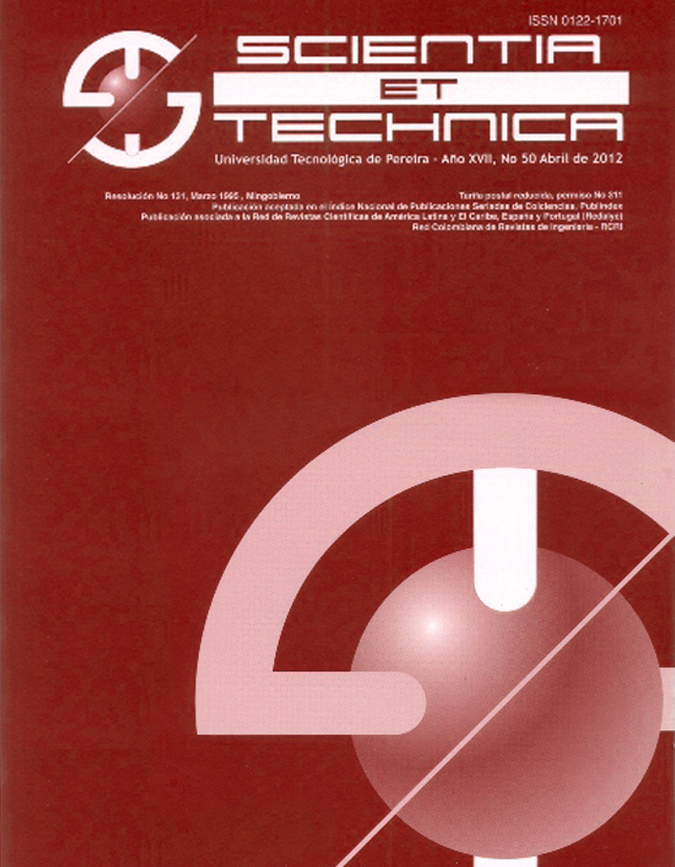Determination of the improvement of Learning in Linear Kinematic by using Graphics Methods with Engineeringcareers Students at the University of Caldas
DOI:
https://doi.org/10.22517/23447214.18641Keywords:
Teaching, learning, geometry, Linear Kinematics, Hake Factor.Abstract
It is quite important to urge teachers to rethink their way of orienting the subjects, specifically physics and, within this, the concept of Kinematics; to do this, there are tools that bring in the teaching and learning process, to achieve that often seem abstract concepts become concrete, and make topics easy to understand for students. This research was carried out at the University of Caldas and aimed to design a methodology for teaching Linear Kinematics, supported by elements of geometry. Starting from the design and application of an instrument to identify previous ideas and epistemological difficulties that students have when studying Kinematics, the graphic method was designed and applied, so then the activities which determined the gain in the learning of the students of Nourishment Engineering and Systems Engineering were evaluated through the calculation of the Hake Factor.
Downloads
References
[1] Alvarez, M., Giuliano, M., Sacerdoti, A., Nemirovsky, I., Perez, S., & Cruz, R. (2008).
Evaluación con pretest y postest de una experiencia didáctica de Cinemática con utilización de Applets. Recuperado el 15 de 07 de 2013, de Inclusión Digital Educativa en el Bicentenario Argentino: http://www.caedi.org.ar/pcdi/PaginaTrabajosPorTitulo/7-528.PDF
[2] Beichner, R. J. (1993). NC State University. Recuperado el 1 de 05 de 2013, de Testing student interpretation of Kinematics graph: http://panda.unm.edu/Courses/Saul/00_TchrWrkshps /Articles/95_AJP_Beichner_TUG K%2Btst.pdf
[3] Canderle (1999)
[4] Díaz, B. A (2002) Estrategias Docentes para un Aprendizaje Significativo. México, D.F : McGrawHill
[5] Diosa Ochoa, Y. (2012). Enseñanza-aprendizaje de la cinemática lineal en su representación gráfica bajo un enfoque constructivista: Ensayo en el grado décimo de la institución educativa Pbro. Juan J. Escobar. Medellín.
[6] Giorgi, S., Concari, S., & Pozzo, R. (2005). Un estudio sobre las investigaciones acerca de las ideas de los estudiantes en fuerza y movimiento. Ciência &
Educação, p 83-95.
[7] Giraldo, J. J. (2012). Enseñanza-aprendizaje bajo un enfoque constructivista de la cinemática lineal en su representación gráfica:Ensayo en el grado X de la Institución Educativa Félix Henao Botero. Medellín.
[8] Gómez, D. B. (2011). Enseñanza de los conceptos de la cinemática desde una perspectiva vectorial con los estudiantes de grado décimo del colegio Jose Antonio Galan. Bogotá: Universidad Nacional de Colombia. Scientia et Technica Año XXII, Vol. 23, No. 01, marzo de 2018. Universidad Tecnológica de Pereira. 103
[9] Hake, R. R. (1996). web.mit.edu. Recuperado el 15 de 08 de 2013, de Interactive-engagement versus traditional methods: A six-thousand-student survey
of mechanics test data for introductory physics courses: http://web.mit.edu/rsi/www/2005/misc/minipaper/pa
pers/Hake.pdf
[10]McDermott, (1998), L.C. Concepciones de los alumnos y resolución de problemas en mecánica [en línea]. Seattle: Department of physics, University of Washington.
[11]Leonard, (2000) The difficulty of interpreting simple motion graphs. The physics teacher. (Carta al editor)
Downloads
-
Vistas(Views): 676
- PDF (Español (España)) Descargas(Downloads): 1480
Published
How to Cite
Issue
Section
License
Copyright (c) 2018 Scientia et technica

This work is licensed under a Creative Commons Attribution-NonCommercial-ShareAlike 4.0 International License.
Copyrights
The journal is free open access. The papers are published under the Creative Commons Attribution / Attribution-NonCommercial-NoDerivatives 4.0 International - CC BY-NC-ND 4.0 license. For this reason, the author or authors of a manuscript accepted for publication will yield all the economic rights to the Universidad Tecnológica of Pereira free of charge, taking into account the following:
In the event that the submitted manuscript is accepted for publication, the authors must grant permission to the journal, in unlimited time, to reproduce, to edit, distribute, exhibit and publish anywhere, either by means printed, electronic, databases, repositories, optical discs, Internet or any other required medium. In all cases, the journal preserves the obligation to respect, the moral rights of the authors, contained in article 30 of Law 23 of 1982 of the Government Colombian.
The transferors using ASSIGNMENT OF PATRIMONIAL RIGHTS letter declare that all the material that is part of the article is entirely free of copyright. Therefore, the authors are responsible for any litigation or related claim to intellectual property rights. They exonerate of all responsibility to the Universidad Tecnológica of Pereira (publishing entity) and the Scientia et Technica journal. Likewise, the authors accept that the work presented will be distributed in free open access, safeguarding copyright under the Creative Commons Attribution / Recognition-NonCommercial-NoDerivatives 4.0 International - https://creativecommons.org/licenses/by-nc-nd/4.0/deed.es license.



